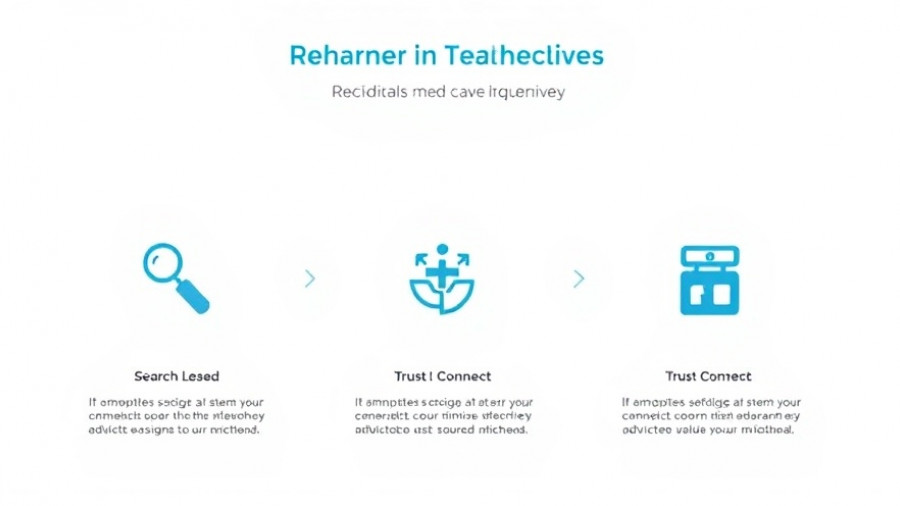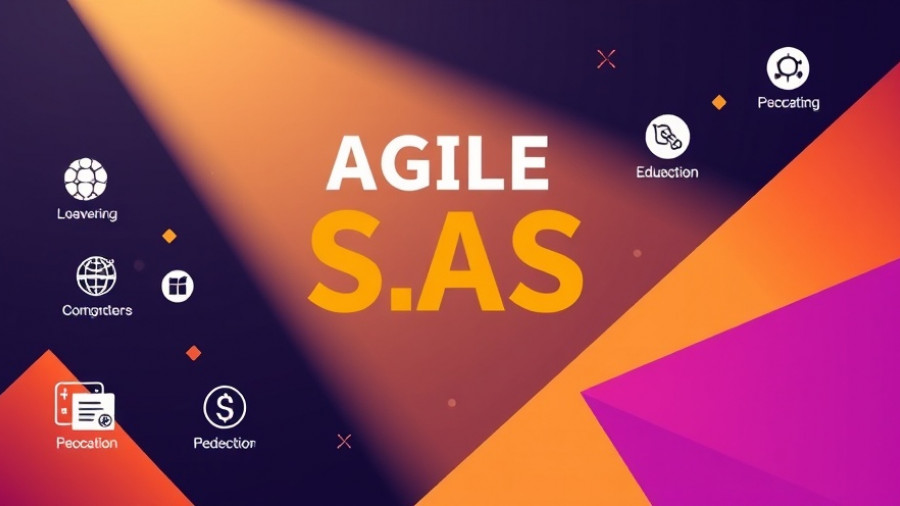
The Digital Age of Mental Healthcare: Why SEO Matters
The landscape of mental healthcare is rapidly evolving, with the internet serving as the first stop for those seeking help. Gone are the days when patients relied solely on doctor referrals or business cards. Today, a strong online presence through effective Search Engine Optimization (SEO) is not just beneficial—it's essential for psychiatrists. By optimizing their presence online, mental health professionals can connect with those who need their services most, often at crucial moments in their lives.
Understanding the Modern Patient Journey
Patients now embark on a straightforward yet critical journey from searching for help to finally reaching out for support. This journey includes several phases that hinge on trust, beginning with a simple search for answers. Alpurring to statistics, about 92% of users will select a business from the first page of Google results. If your practice isn't on that page, you're practically invisible to potential patients, missing out on vital opportunities to make a difference.
Keyword Research: A Core Component of SEO
Effective SEO starts with understanding keywords. Psychiatrists must think like their potential patients, determining the likely questions individuals search for when they need assistance. Popular search queries may include: “psychiatrist near me,” but more defined long-tail keywords like “how to get an adult ADHD diagnosis in Boston” capture individuals with urgent needs. Tools such as Google Keyword Planner and competitor analysis can provide insight into effective keywords.
Establishing Intent: The Key to Targeting Content
Understanding the intent behind search queries furthers SEO effectiveness. Searches are often informational, navigational, or transactional. For instance, someone seeking “what’s the difference between a psychiatrist and psychologist” has an informational intent. By crafting content that addresses these intents, mental health professionals can connect meaningfully with their audience.
Local SEO: Connecting with Your Community
For psychiatrists, local SEO is crucial for attracting clients in their geographical area. Listing on Google My Business and ensuring your practice details are accurate can enhance your visibility. Client reviews are also a vital component, acting as social proof that can strengthen your practice's reputation.
Content Marketing: Building Trust and Authority
Creating quality content is about more than just SEO; it establishes you as an authority in your field. Regular blogging about mental health topics—paired with effective use of keywords—can build trust and keep potential clients engaged with your practice. Addressing common inquiries directly can further reinforce your position as a go-to resource for mental health guidance.
Tools and Techniques for Effective SEO
Utilizing tools such as SEMrush and Ahrefs for keyword analysis, Google Analytics for understanding traffic, and ensuring digital insights drives ongoing SEO efforts. Employing technical SEO strategies, including mobile optimization and fast-loading webpages, also plays a key role in improving search engine ranking.
Taking Action: Strategy Implementation
The pathway to an effective SEO strategy requires planning. Establish goals pertaining to your audience, research common queries, and continually update your approach based on performance data. Recognizing the evolving nature of search algorithms and customer needs will allow your practice to remain relevant and visible.
Conclusion: Ready to Elevate Your Practice?
As a mental health professional, a strategic approach to SEO can mean the difference between remaining unseen and emerging as a trusted source of support. By implementing these strategies, not only do you amplify your visibility; you also enhance the chances of connecting with individuals in need. Take proactive steps today to optimize your digital presence and allow your expertise to reach those who need it most.
 Add Row
Add Row  Add
Add 




Write A Comment